Home>Gardening & Outdoor>Plant Care & Gardening Tips>How Do You Plant Flower Bulbs
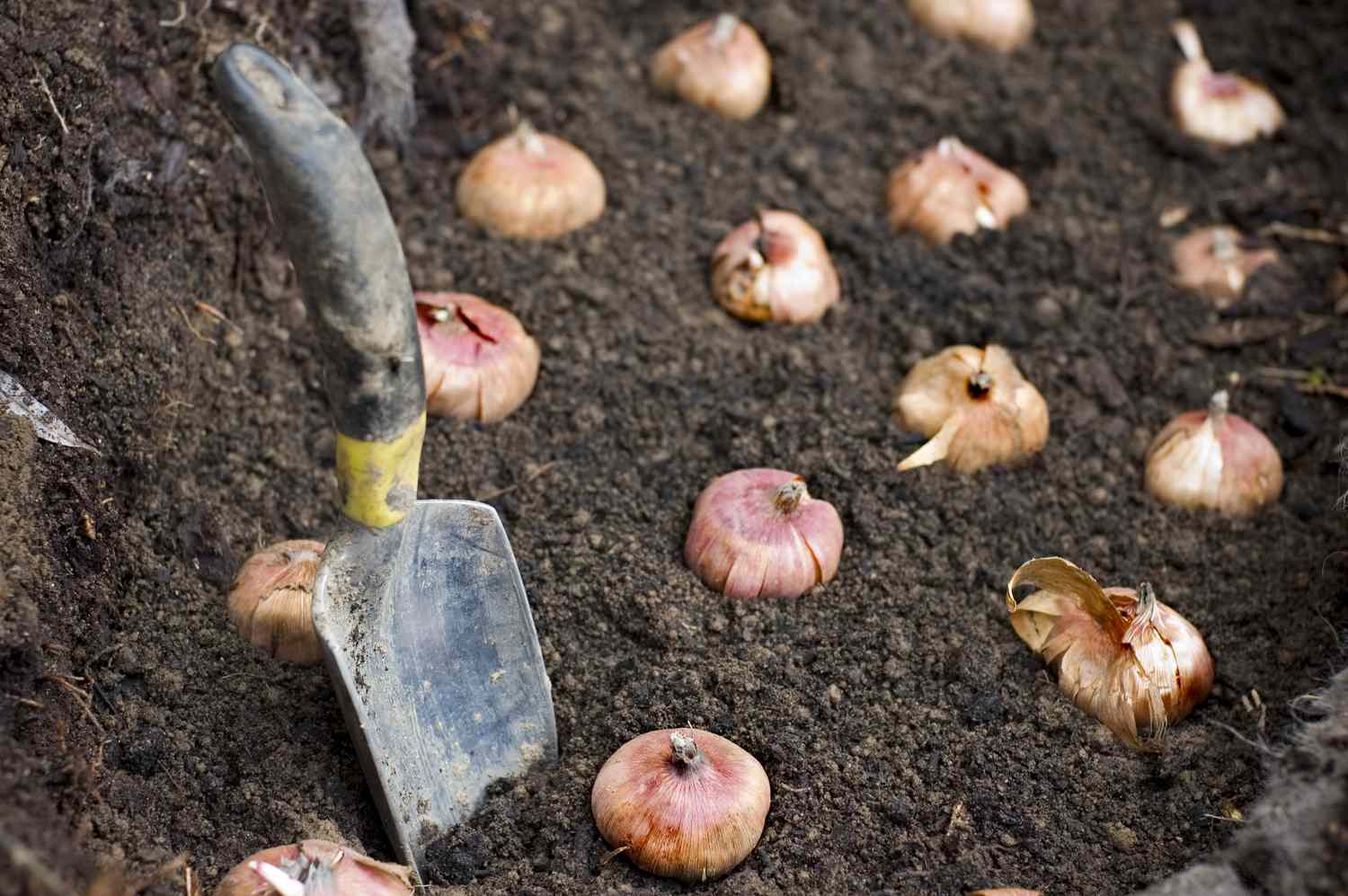

Plant Care & Gardening Tips
How Do You Plant Flower Bulbs
Published: January 17, 2024
Discover expert tips for planting flower bulbs and caring for your garden. Learn essential plant care and gardening tips for successful bulb planting.
(Many of the links in this article redirect to a specific reviewed product. Your purchase of these products through affiliate links helps to generate commission for Storables.com, at no extra cost. Learn more)
**
Introduction
**
Planting flower bulbs is a delightful way to bring vibrant color and natural beauty to your garden. Whether you're a seasoned gardener or just starting out, the process of planting flower bulbs can be a rewarding and enjoyable experience. From selecting the right bulbs to caring for them after planting, there are several key steps to consider in order to ensure the success of your bulb garden. In this comprehensive guide, we will explore the essential aspects of planting flower bulbs, including choosing the right bulbs, selecting the ideal planting location, preparing the soil, planting the bulbs, and providing proper care post-planting. By following these guidelines, you can create a stunning floral display that will brighten your outdoor space and bring joy for seasons to come. Let's delve into the fascinating world of planting flower bulbs and discover how to cultivate a flourishing and enchanting garden.
**
Key Takeaways:
- Choose flower bulbs suited to your climate, soil, and garden design for a thriving display. Consider bloom time, size, and quality when selecting bulbs.
- Prepare soil, plant bulbs at the right depth, and care for them post-planting to create a stunning, ever-changing garden masterpiece.
Read more: When Do You Plant Flower Seeds
Choosing the Right Bulbs
**
When it comes to planting flower bulbs, selecting the right bulbs is the first crucial step. There is a wide variety of bulbs to choose from, each offering unique colors, shapes, and blooming times. Before making your selection, consider the climate and soil conditions in your area, as well as the specific requirements of the bulbs you are interested in. Here are some key factors to keep in mind when choosing the right bulbs for your garden:
- Climate Suitability:** Different bulbs thrive in different climates. Be sure to choose bulbs that are well-suited to the climate of your region. For example, tulips and hyacinths are ideal for cooler climates, while daffodils and lilies are more adaptable to a wider range of temperatures.
- Bloom Time:** Consider the blooming period of the bulbs you intend to plant. By selecting bulbs with varying bloom times, you can create a garden that offers continuous color and visual interest throughout the seasons.
- Soil Requirements:** Assess the soil conditions in your garden to ensure that the bulbs you choose will thrive. Some bulbs prefer well-drained soil, while others can tolerate moister conditions. Understanding the soil requirements of your selected bulbs is essential for their successful growth.
- Size and Height:** Take into account the mature size and height of the bulbs' blooms. This will help you plan the layout of your garden and create visually appealing arrangements based on varying heights and colors.
- Quality and Freshness:** When purchasing bulbs, opt for high-quality, firm bulbs that are free from mold or blemishes. Freshness is key, so buy bulbs from reputable sources to ensure their viability and health.
By carefully considering these factors, you can make informed choices when selecting flower bulbs for your garden. Whether you prefer the cheerful blooms of daffodils, the elegant allure of tulips, or the fragrant beauty of hyacinths, choosing the right bulbs sets the stage for a spectacular garden display that will enchant both you and your visitors.
**
Selecting the Planting Location
**
Once you have chosen the right bulbs for your garden, the next step is to select the ideal planting location. The success of your bulb garden depends not only on the quality of the bulbs but also on the suitability of the planting site. Consider the following factors when determining the planting location for your flower bulbs:
- Sunlight Exposure:** Most flowering bulbs thrive in locations that receive ample sunlight. Select a planting site that offers at least 6-8 hours of sunlight per day to promote healthy growth and vibrant blooms. However, some bulbs, such as certain varieties of lilies, may prefer partial shade, so it’s essential to understand the specific sunlight requirements of the bulbs you are planting.
- Soil Drainage:** Ensure that the chosen planting location has well-drained soil to prevent waterlogging, which can lead to bulb rot and other issues. If your garden soil has poor drainage, consider raised beds or amending the soil with organic matter to improve its structure.
- Protection from Elements:** While sunlight is crucial, excessive wind exposure can damage delicate blooms and foliage. Choose a planting site that offers some protection from strong winds, especially if you are planting taller bulbs that may be susceptible to bending or breaking in windy conditions.
- Aesthetic Considerations:** Take into account the overall aesthetic of your garden when selecting the planting location. Consider how the colors and heights of the blooming bulbs will complement other plants, structures, or landscaping features in the area.
- Accessibility:** Select a location that is easily accessible for planting, watering, and future maintenance. Accessibility will make it more convenient to care for your bulbs and monitor their growth throughout the seasons.
By carefully evaluating these factors, you can identify the most suitable planting location for your flower bulbs, setting the stage for a flourishing and visually captivating garden. Whether you are creating a vibrant display along a garden border, adding splashes of color to a patio container, or designing a charming bulb meadow, the right planting location is essential for the success of your bulb garden.
**
Preparing the Soil
**
Before planting your flower bulbs, it’s essential to prepare the soil to provide an optimal growing environment for these underground wonders. Well-prepared soil not only supports healthy bulb development but also contributes to robust root establishment and impressive floral displays. Here are key steps to prepare the soil for planting flower bulbs:
- Soil Testing:** Start by assessing the soil in the chosen planting area. Conduct a soil test to determine its pH level and nutrient content. Most flowering bulbs thrive in slightly acidic to neutral soil with good fertility. Based on the soil test results, you can make informed decisions about any necessary soil amendments.
- Amending the Soil:** If the soil pH is too acidic or alkaline, adjust it by incorporating the appropriate amendments, such as lime to raise the pH or elemental sulfur to lower it. Additionally, enrich the soil with organic matter, such as compost or well-rotted manure, to improve its structure, moisture retention, and nutrient content.
- Loosening the Soil:** Use a garden fork or a tiller to loosen the soil to a depth of at least 12 inches. This aerates the soil, promotes better drainage, and creates a loose, friable texture that facilitates root penetration and expansion for the developing bulbs.
- Removing Debris:** Clear the planting area of any weeds, rocks, or debris that could impede bulb growth or cause irregular planting depths. A clean, debris-free planting site provides a conducive environment for the bulbs to thrive.
- Applying Fertilizer:** Consider incorporating a balanced, slow-release fertilizer into the soil to provide essential nutrients for the bulbs’ initial growth. Follow the fertilizer manufacturer’s recommendations for application rates and methods, ensuring that it is well-mixed into the soil.
By diligently preparing the soil, you can create an optimal foundation for your flower bulbs, setting the stage for healthy root development and robust flowering. The effort invested in soil preparation contributes to the long-term success of your bulb garden, ensuring that your blooms dazzle with color and vitality when they emerge in the coming seasons.
**
Plant flower bulbs in the fall before the ground freezes. Choose a sunny spot with well-drained soil. Dig a hole 2-3 times deeper than the bulb’s height, place the bulb with the pointed end up, and cover with soil. Water well after planting.
Planting the Bulbs
**
As you embark on the exciting journey of planting flower bulbs, it’s essential to approach the process with care and attention to detail. Proper planting techniques not only promote successful bulb establishment but also lay the groundwork for stunning floral displays. Here are the key steps to follow when planting flower bulbs:
- Choosing the Planting Depth:** Refer to the specific planting depth guidelines for the type of bulbs you are planting. As a general rule of thumb, bulbs are typically planted at a depth that is two to three times their diameter. Deeper planting depths are suitable for larger bulbs, while smaller bulbs are usually planted at shallower depths.
- Spacing the Bulbs:** Provide adequate spacing between the bulbs to allow for optimal root development and to prevent overcrowding as the bulbs multiply over time. As a guide, bulbs are often spaced apart at a distance equal to their diameter.
- Positioning the Bulbs:** Plant the bulbs with the pointed or growing tip facing upward. This orientation encourages the proper emergence of shoots and roots, ensuring that the bulbs grow in the intended direction.
- Planting Technique:** Use a trowel or bulb planter to create individual holes or trenches for the bulbs, depending on the planting layout and design. Gently place the bulbs in the holes or trenches, taking care not to damage the roots or growing tips.
- Covering and Watering:** Once the bulbs are positioned, carefully cover them with soil, gently firming the soil to remove air pockets. Water the newly planted bulbs thoroughly to settle the soil and initiate the growth process. Ensure that the soil remains consistently moist but not waterlogged during the initial stages of bulb growth.
By adhering to these planting guidelines, you can establish a strong foundation for your flower bulbs, setting the stage for healthy root development and vigorous growth. Whether you are creating a symmetrical pattern of tulips, a naturalistic drift of daffodils, or a captivating blend of various bulb species, the planting process is a crucial step in bringing your envisioned garden to life.
**
Caring for Bulbs After Planting
**
After the flower bulbs have been planted, providing proper care is essential to support their growth and ensure a magnificent display of blooms. Caring for bulbs after planting involves ongoing attention to key aspects such as watering, mulching, fertilizing, and pest control. Here are essential tips for nurturing your bulbs after they have been planted:
- Watering:** Monitor the soil moisture regularly, especially during dry periods, and water the bulbs as needed to maintain even moisture levels. Adequate hydration is crucial for the development of strong roots and the initiation of healthy foliage and flower formation.
- Mulching:** Apply a layer of organic mulch, such as shredded bark or compost, around the planted bulbs to conserve soil moisture, suppress weed growth, and provide insulation against temperature fluctuations. Mulching also contributes to soil enrichment as it breaks down over time.
- Fertilizing:** Once the shoots emerge and the foliage begins to develop, consider applying a balanced, water-soluble fertilizer to provide essential nutrients for the bulbs. Follow the manufacturer’s recommendations for application rates and timing, and avoid over-fertilizing, which can lead to excessive foliage growth at the expense of flower production.
- Pest and Disease Management:** Keep an eye out for common pests and diseases that may affect bulb plants, such as aphids, slugs, or fungal infections. Employ appropriate pest control measures, such as natural predators or targeted treatments, to safeguard the health and vitality of the bulbs.
- Deadheading:** As the flowers fade and the petals wilt, remove the spent blooms through deadheading. This practice redirects the plant’s energy from seed production back into bulb development, promoting stronger bulbs for the following season.
By tending to these post-planting care practices, you can nurture your flower bulbs to reach their full potential, resulting in a breathtaking floral display that brings joy and beauty to your garden. With attentive care and a touch of gardening finesse, your bulbs will thrive and reward you with a captivating spectacle of nature’s splendor.
**
Conclusion
**
Planting flower bulbs is a gratifying endeavor that allows you to cultivate natural artistry and infuse your garden with vibrant colors and enchanting fragrances. From the initial selection of bulbs to the ongoing care after planting, every step in the process contributes to the creation of a captivating floral tapestry that evolves with each passing season. As you embark on your bulb-planting journey, remember that success lies in the thoughtful consideration of key factors such as bulb selection, planting location, soil preparation, and post-planting care.
By choosing the right bulbs that are well-suited to your climate and soil conditions, you set the stage for a thriving garden display. Thoughtfully selecting the planting location ensures that your bulbs receive the optimal sunlight exposure, soil drainage, and protection from the elements. Preparing the soil with care and precision provides a nourishing foundation for the bulbs to establish strong roots and flourish. When it comes time to plant the bulbs, attention to detail in the planting depth, spacing, and positioning sets the stage for a stunning floral showcase.
After planting, tending to the bulbs with attentive care, including proper watering, mulching, fertilizing, and pest management, nurtures their growth and sets the scene for a spectacular bloom. With each passing season, your efforts will be rewarded as the garden comes alive with a symphony of colors and fragrances, creating a sanctuary of natural beauty in your outdoor space.
As you immerse yourself in the art of planting flower bulbs, let your creativity and passion for gardening guide you. Experiment with different bulb varieties, colors, and planting arrangements to create unique and captivating displays that reflect your personal style and vision. Whether you are adorning a flower bed, embellishing a container garden, or naturalizing a meadow, the process of planting flower bulbs invites you to become a co-creator with nature, bringing forth a spectacle of floral splendor that captivates the senses and uplifts the spirit.
With each season, your bulb garden will weave a story of renewal and beauty, enchanting all who behold it. Embrace the joy of planting flower bulbs, and revel in the ever-changing masterpiece that unfolds in your garden, a testament to the timeless allure of nature’s wonders.
Frequently Asked Questions about How Do You Plant Flower Bulbs
Was this page helpful?
At Storables.com, we guarantee accurate and reliable information. Our content, validated by Expert Board Contributors, is crafted following stringent Editorial Policies. We're committed to providing you with well-researched, expert-backed insights for all your informational needs.
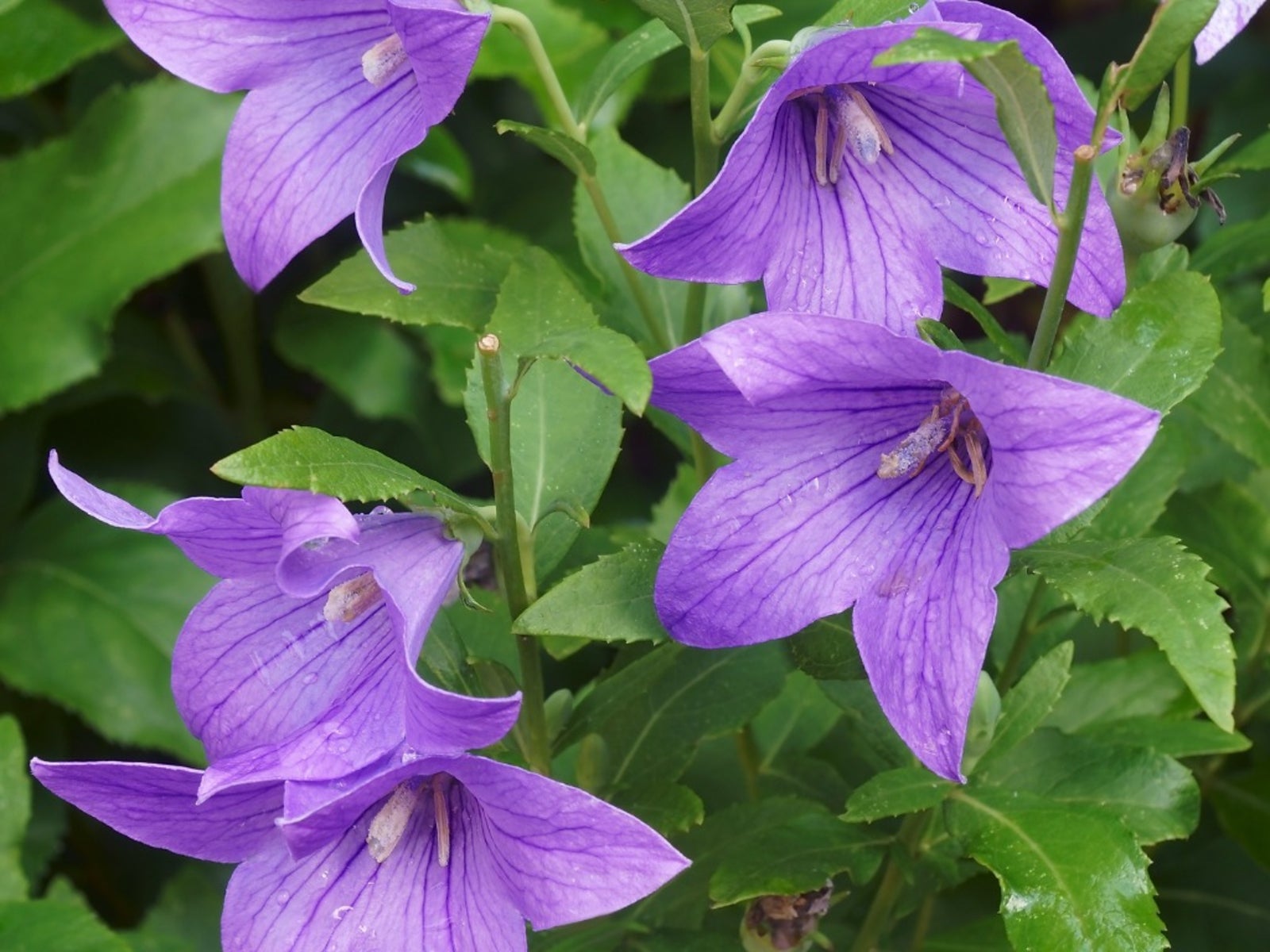
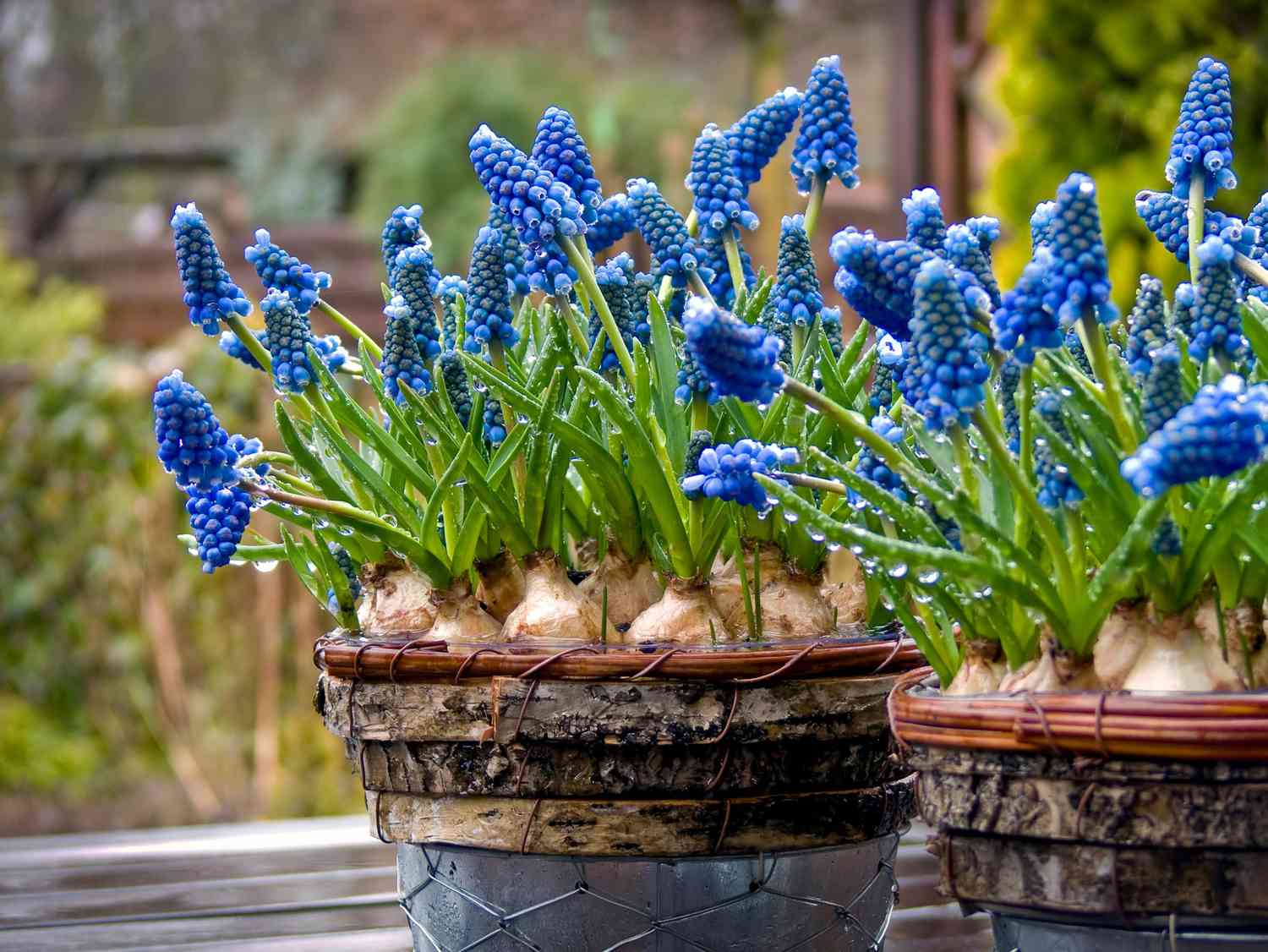
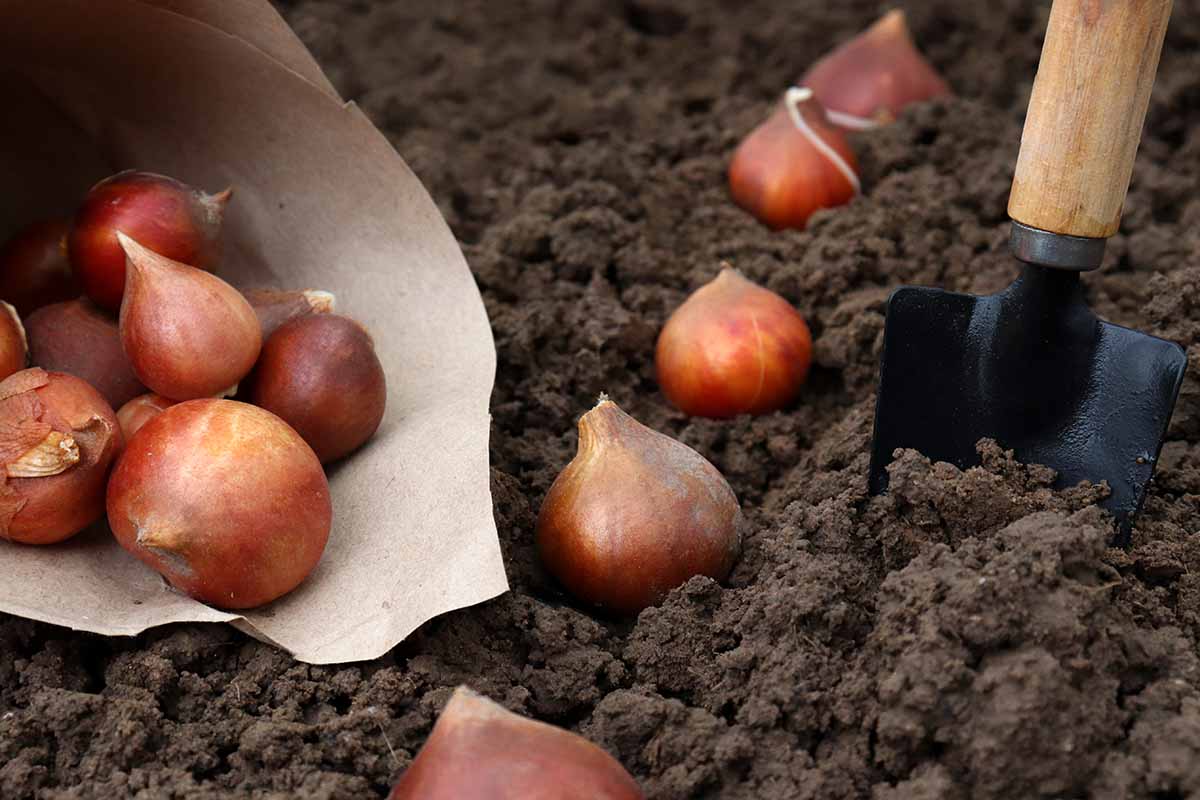
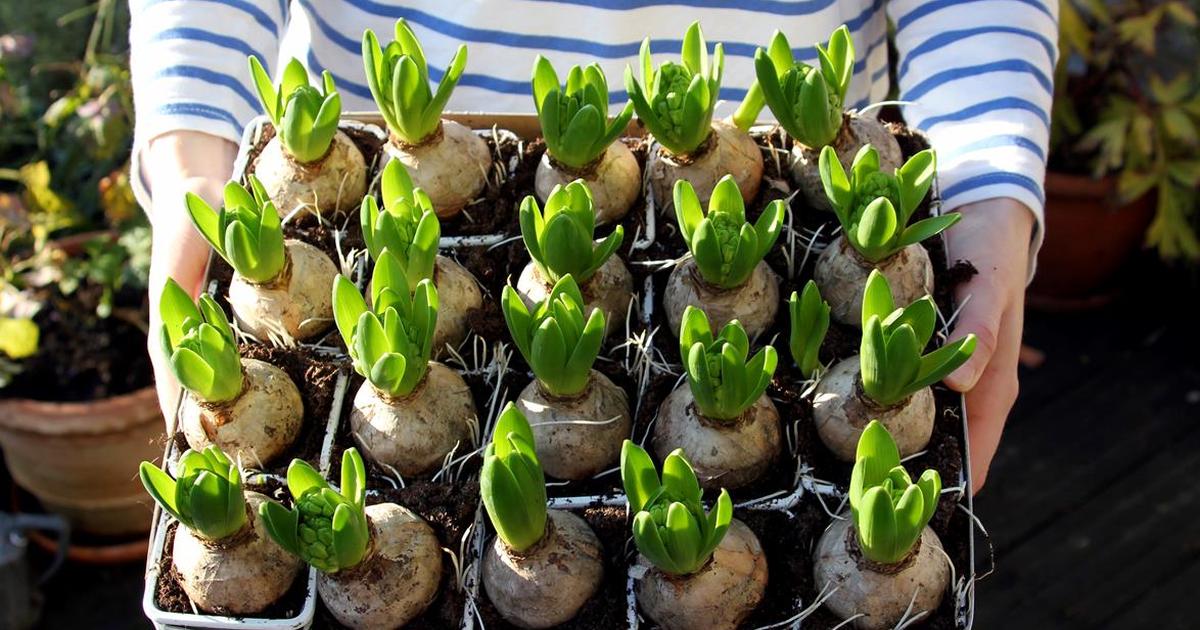
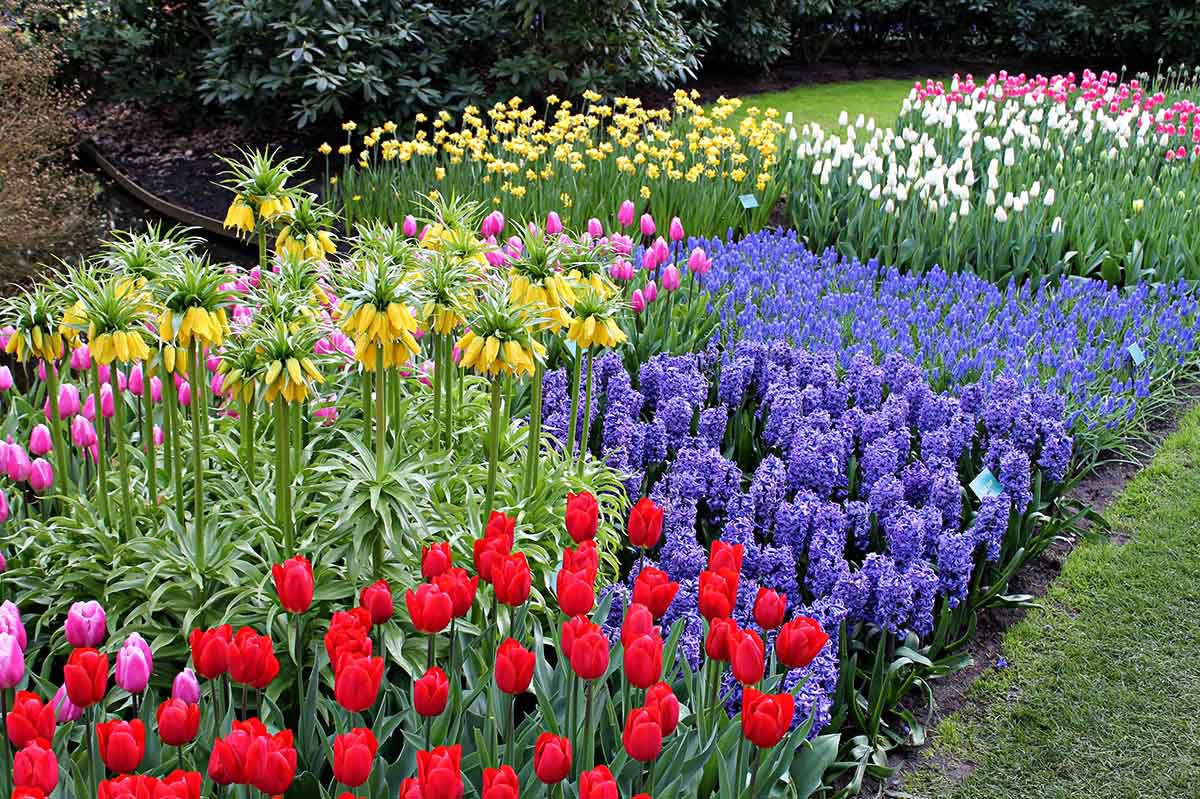
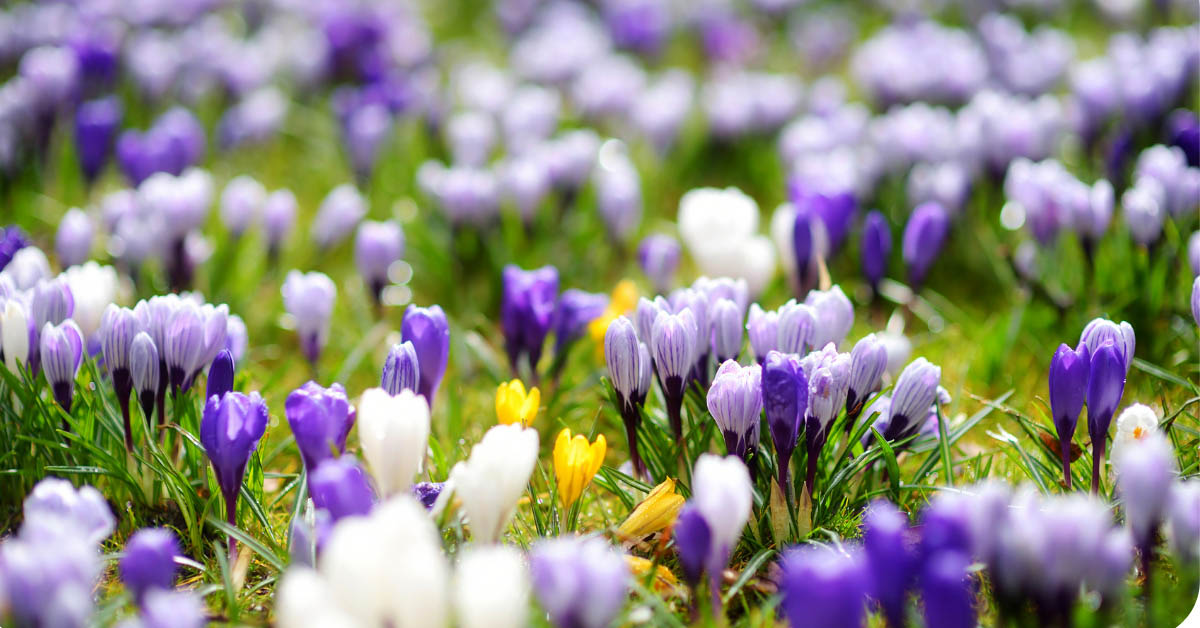
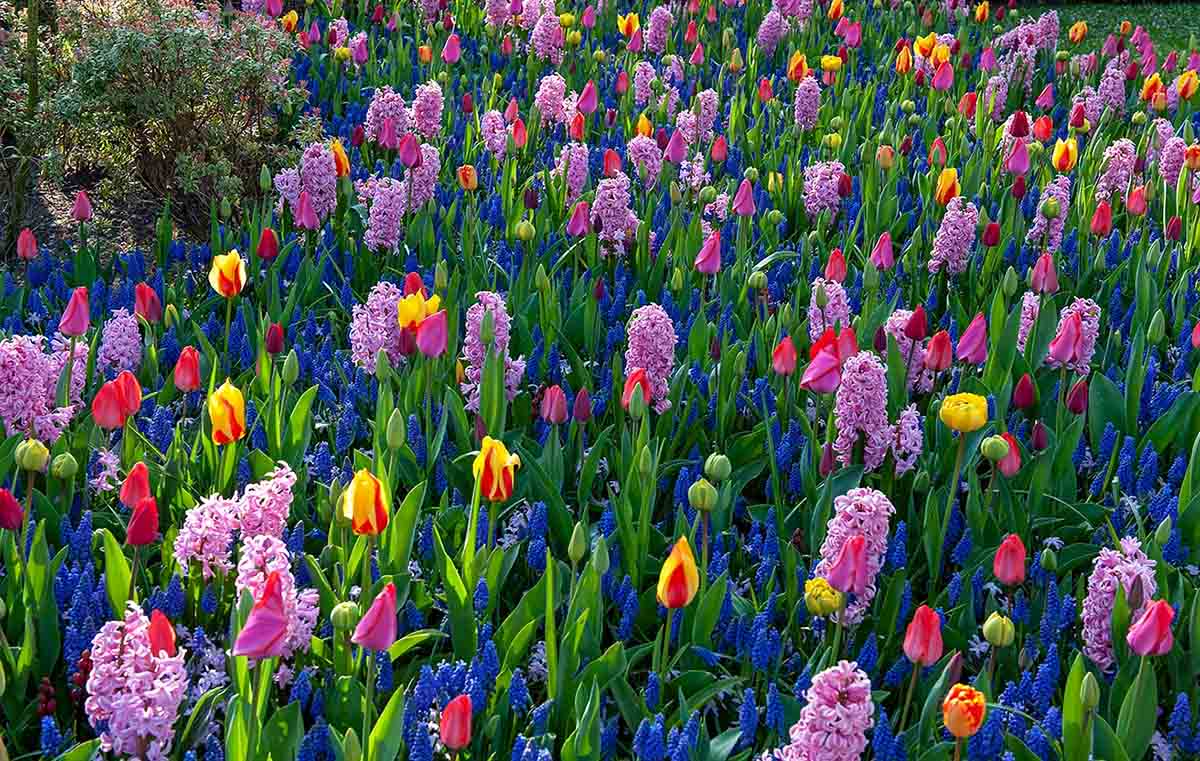
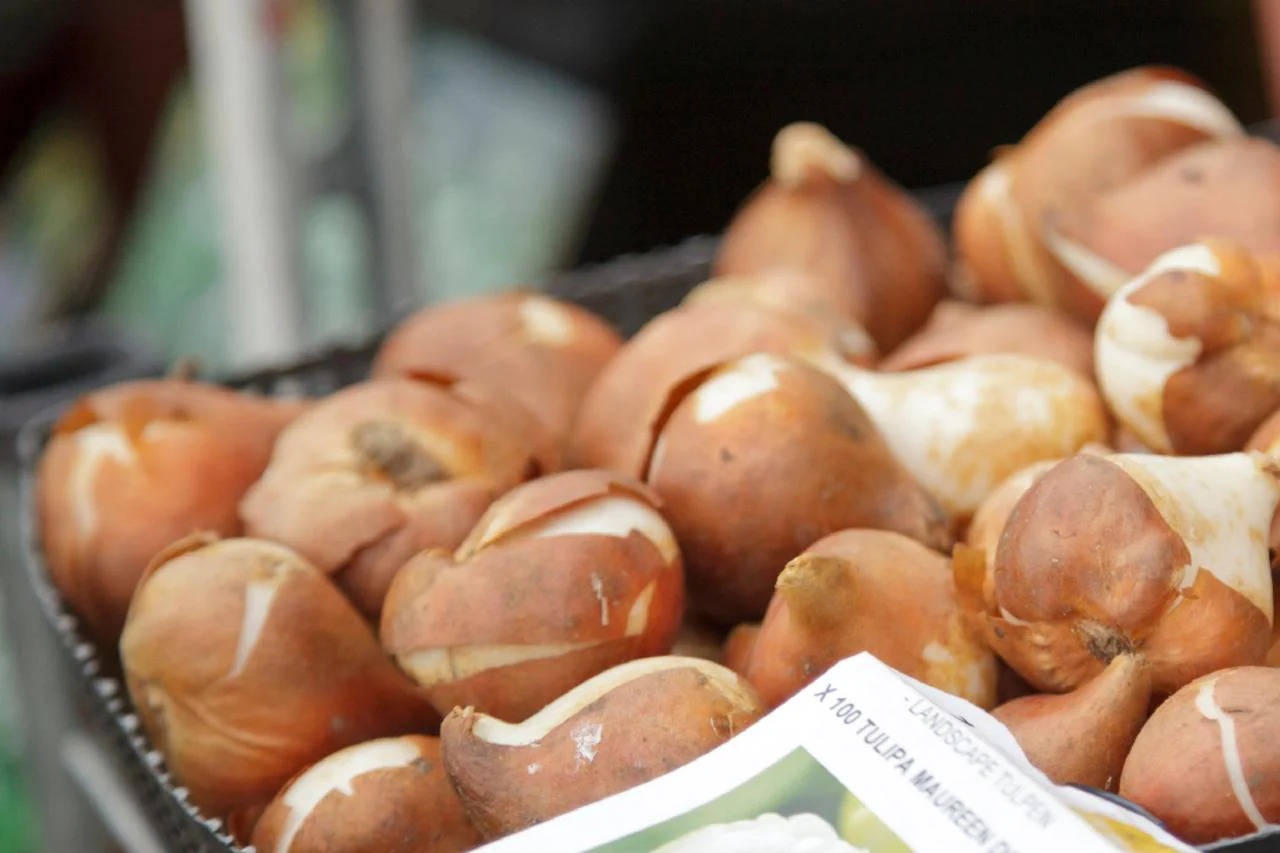
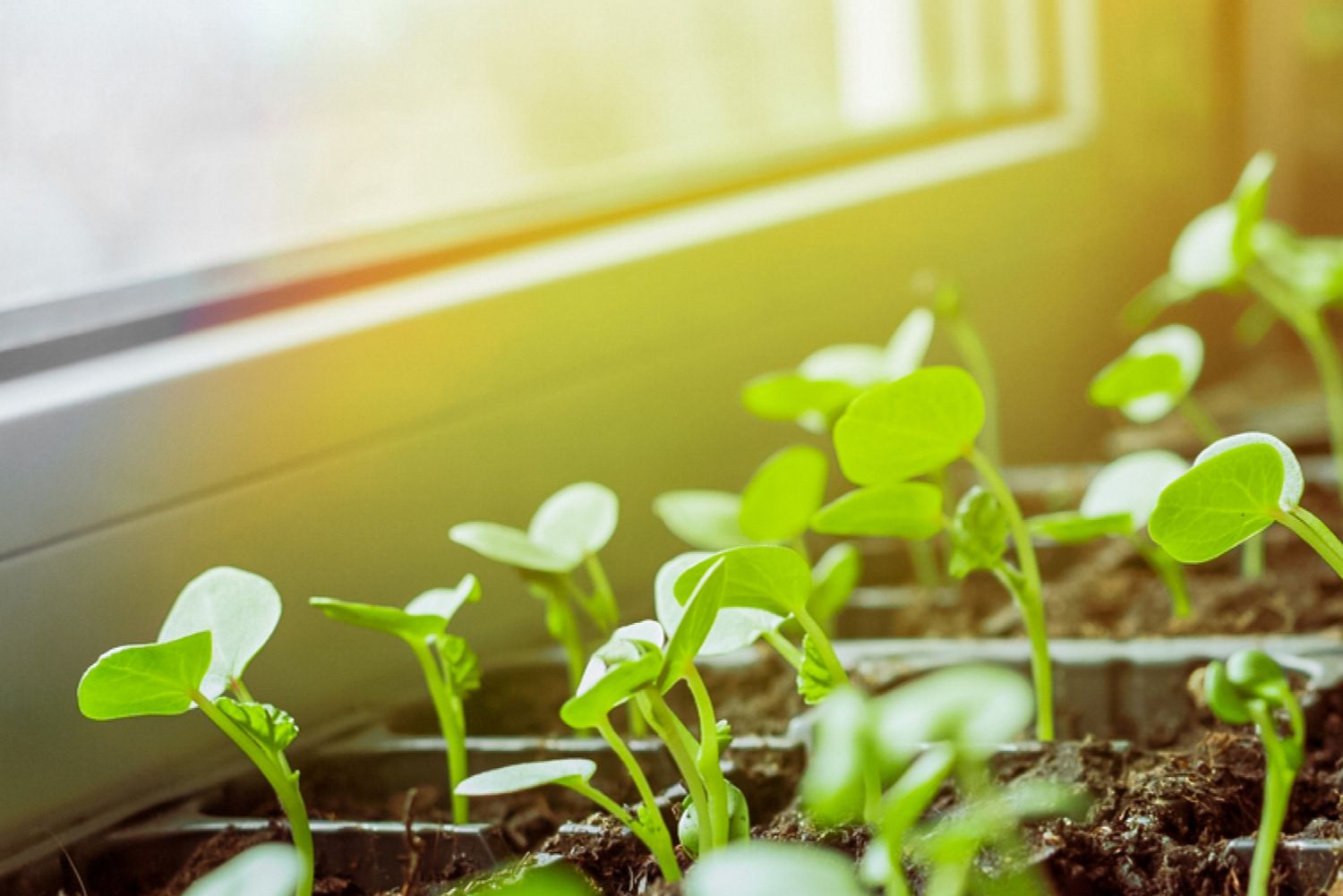
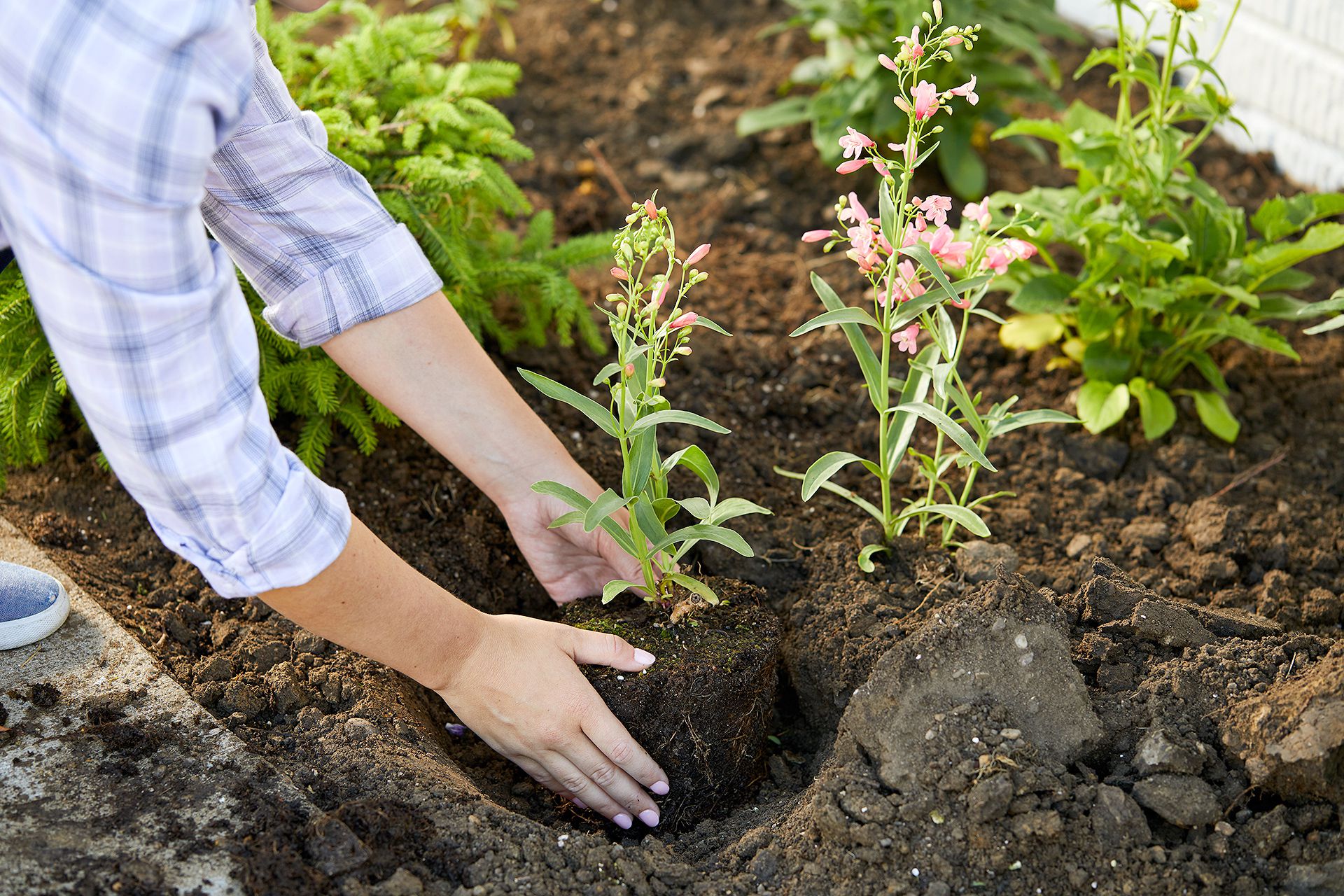
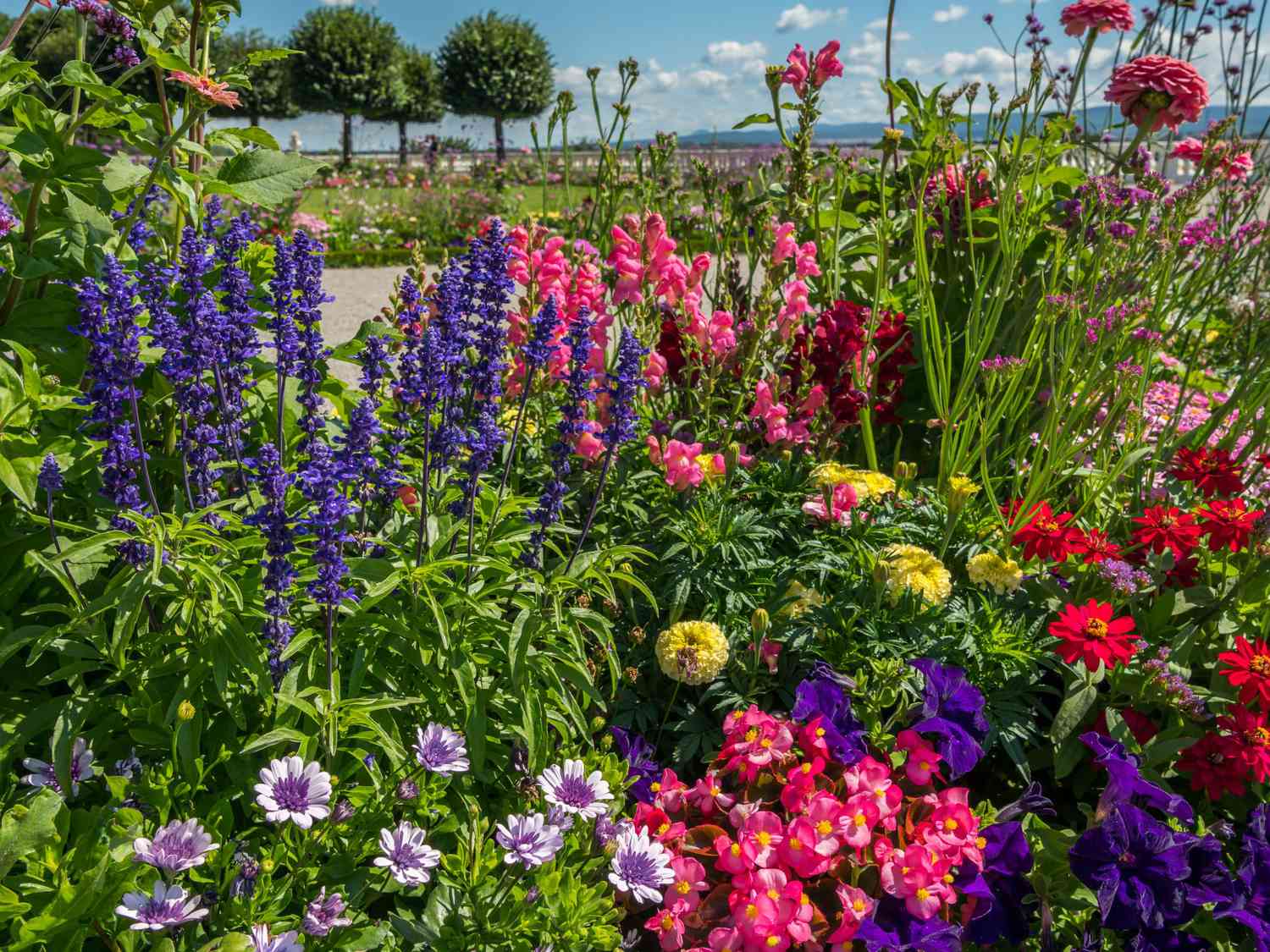
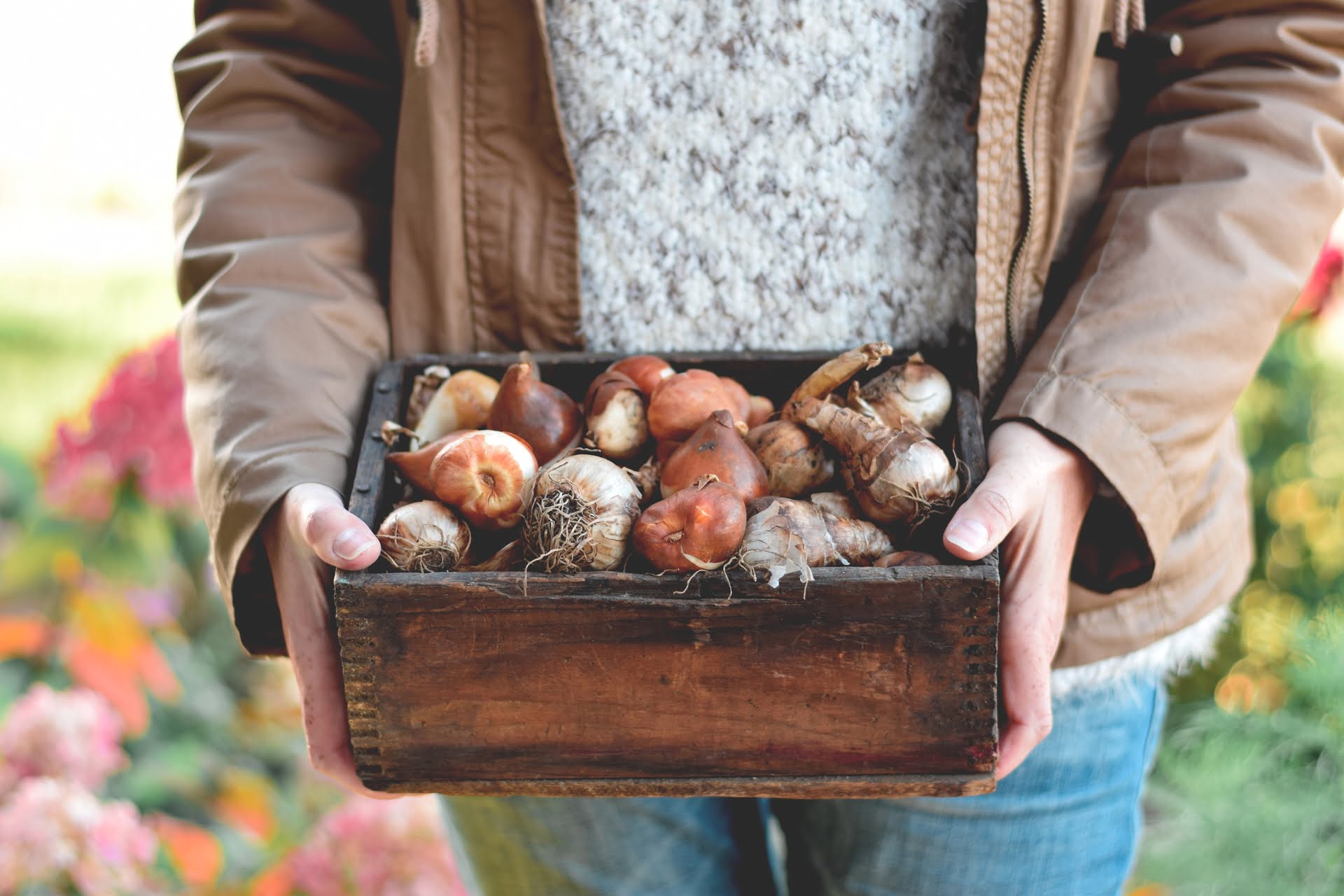
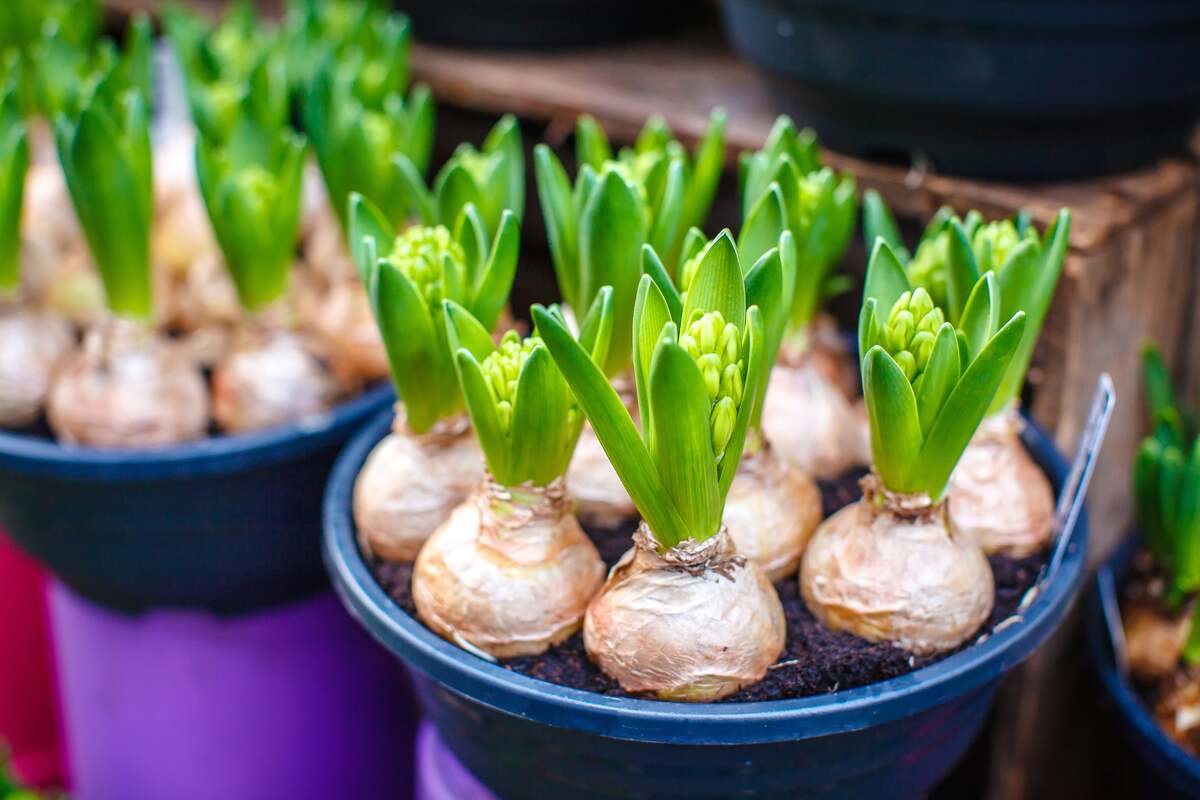
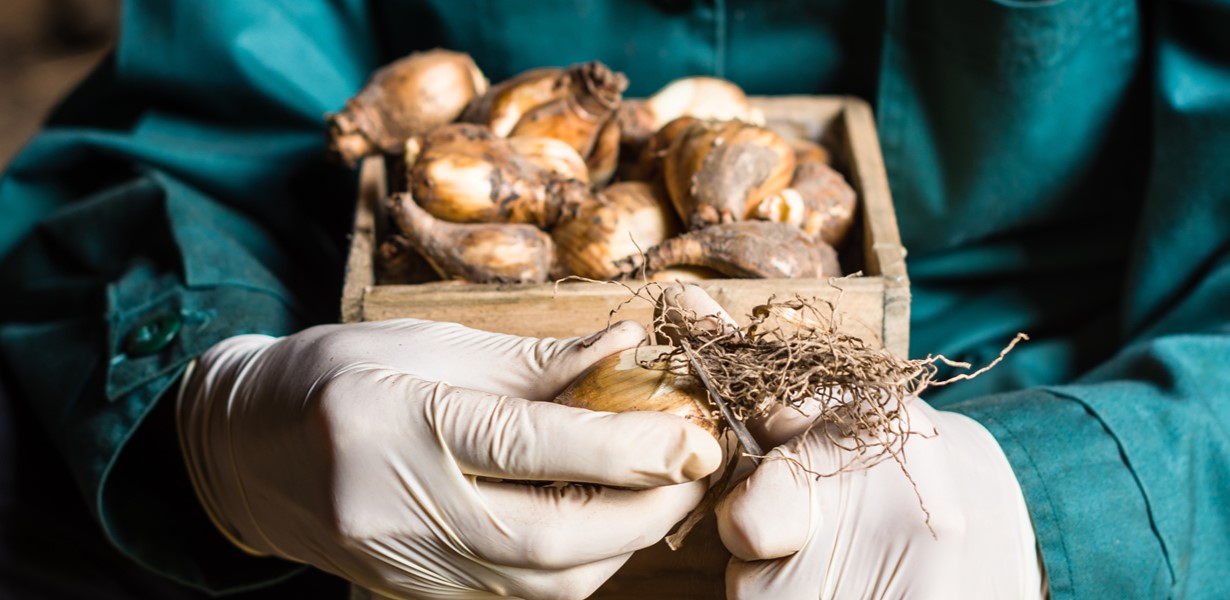

0 thoughts on “How Do You Plant Flower Bulbs”